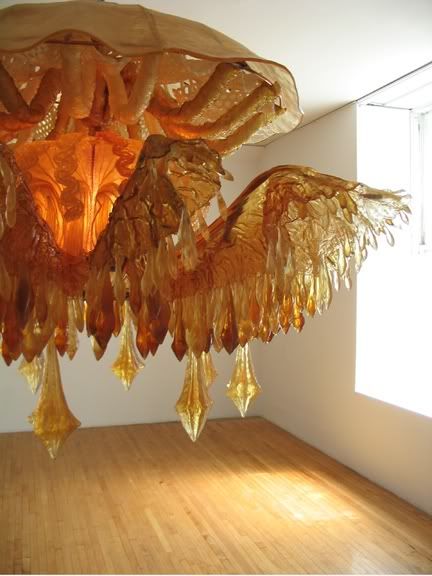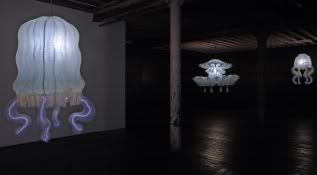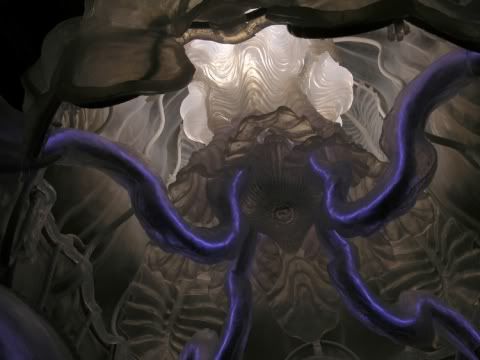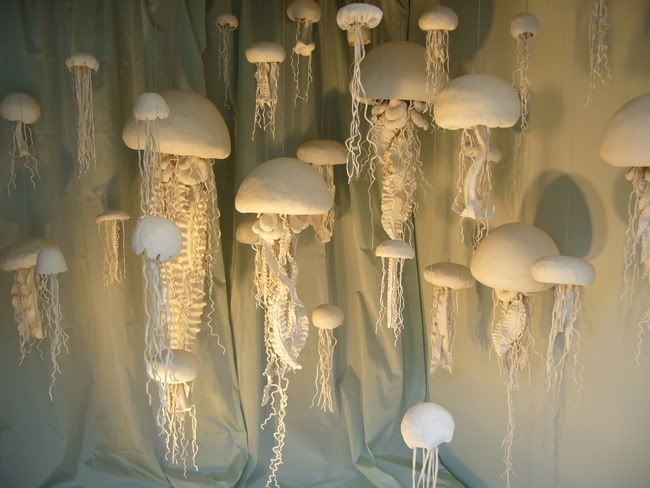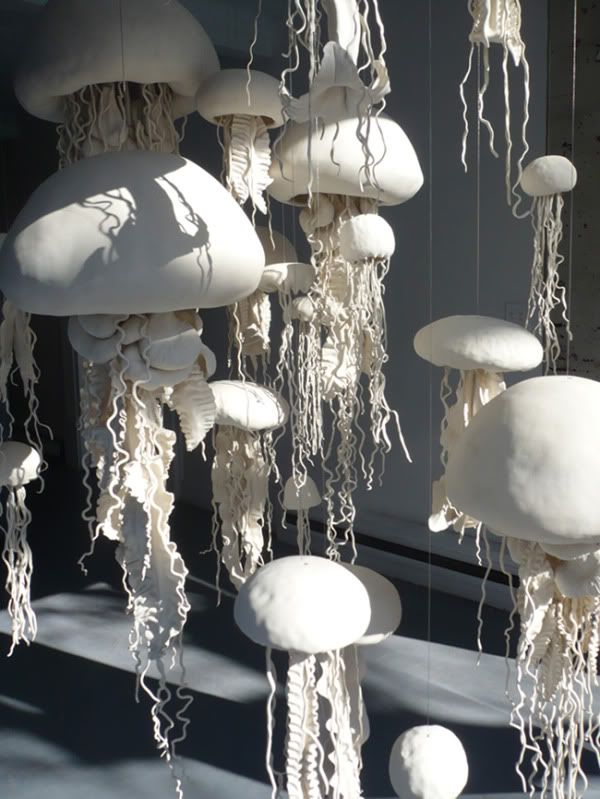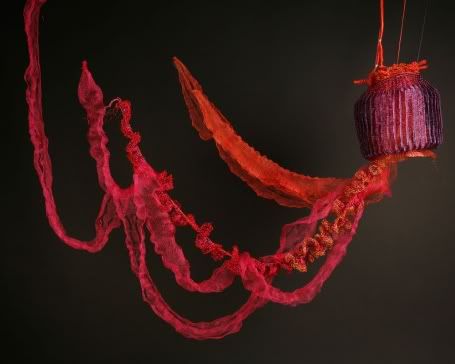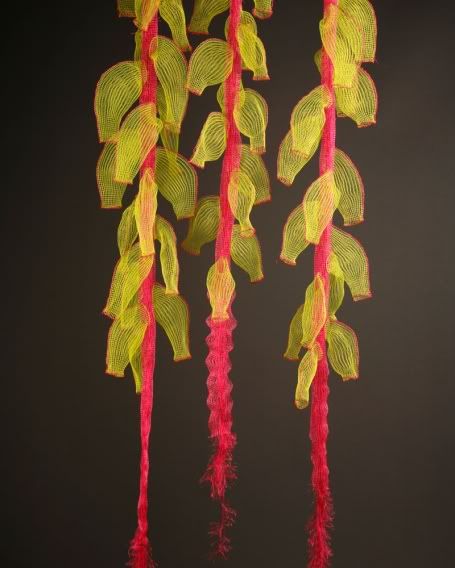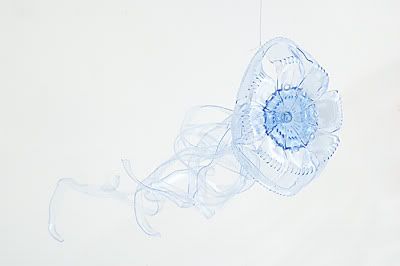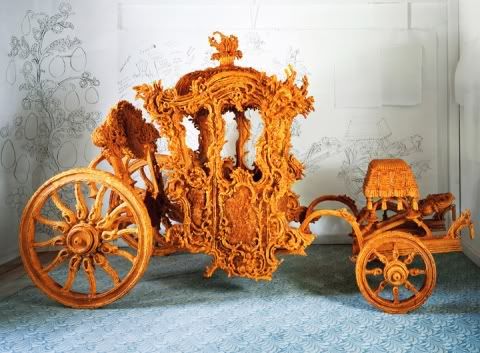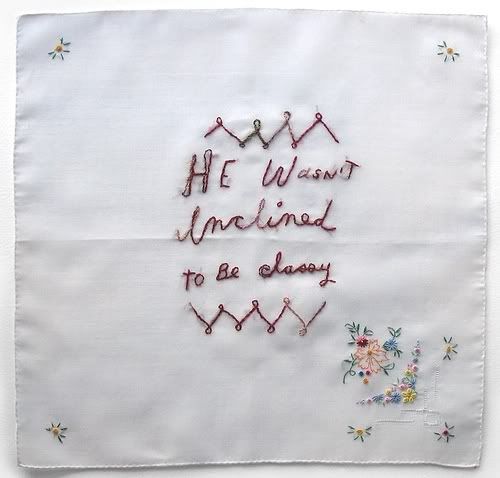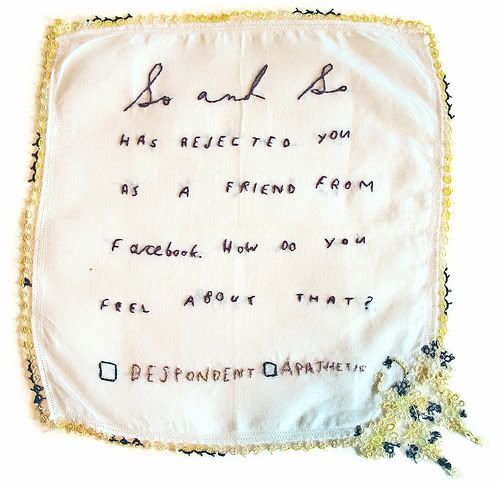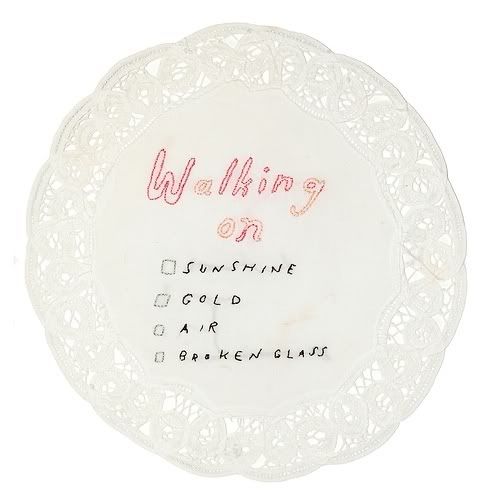Lichen is a strange and beautiful life form, or rather a mutualistic relationship between algae or Cyanobacteria and fungi to make a composite organism. They have different shapes, sizes, parts, colours and somehow have properties which differ from those of their component parts. Like plants they photosynthesize, but they have no roots. I recall learning as a child how they were the trailblazers, making their home on the rocks of the Canadian Shield, and allowing a succession of other organisms to grow on top, till we have large trees which appear to grow straight out of the rock, but without lichen it could not be there. When lichen grows on trees it is not a parasite, it just uses plants as a surface on which to grow. They grow in a huge range of environments, even tundra, deserts, mountains and rainforests on virtually any convenient surface. Scientists estimate 6 to 8% of the Earth's land surface is covered by lichen, and yet we can walk right by without giving it a second thought.
Some though, have long admired lichen, especially its extraordinary colour palette and variety of textures and forms. This is a selection of the colour charts based on lichen from the Svensk Lafvarnas Farghistoria by Johan Peter Westring. Printed in 1805-09. Via the Biodiversity Heritage Library archive.






![Svenska lafvarnas färghistoria Stockholm :Tryckt hos C. Delén,1805-[1809] Svenska lafvarnas färghistoria Stockholm :Tryckt hos C. Delén,1805-[1809]](https://blogger.googleusercontent.com/img/a/AVvXsEhwJMIIpaeBuk7HzhSebtNw8BJ0R8W7ou1p_YpzhO3CQUZqFrO-9aMeEWjJU_eh-3gazSowFNfctjM8WDyDBxrc2Pu8uq-gFYLjJ6NbfQeaBC7ymw2QK8WeQgvailfccIrtuYdcAM8q-p0VyI0WpPmwg0DPvWQVzxcWAfGXy0ia7KYeYs5BzfT1GFE2=w344-h640)





























